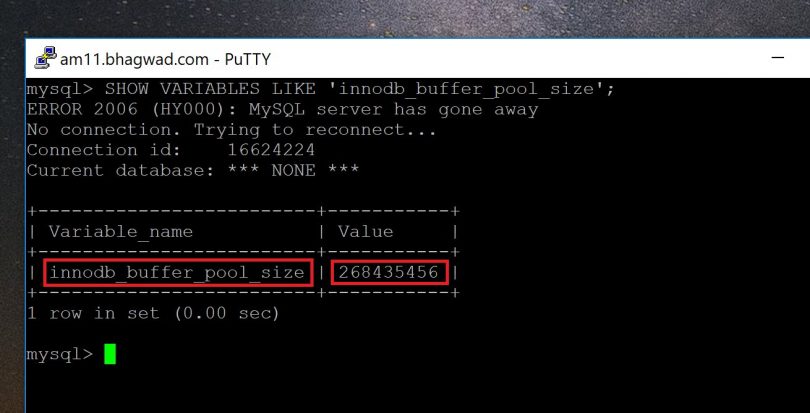InnoDB is a widely used storage engine for MySQL, which is an open-source relational database management system. The performance of InnoDB heavily relies on the size of the InnoDB buffer pool, which is an area in memory where InnoDB stores data and indexes of frequently accessed tables.
In this article, we will discuss the InnoDB buffer pool and its size in detail and how it affects the performance of your MySQL server.
What is the InnoDB buffer pool?
The InnoDB buffer pool is an area in memory where InnoDB stores frequently accessed data and indexes of tables. It is a critical component of the InnoDB storage engine and helps improve the performance of queries that access frequently used data.
The InnoDB buffer pool is dynamic and can grow or shrink based on the server workload. When the buffer pool is too small, InnoDB has to read data from disk frequently, which can lead to slow performance. On the other hand, when the buffer pool is too large, it can cause unnecessary memory usage, leading to a lack of memory for other processes.
What is the ideal size of the InnoDB buffer pool?
The ideal size of the InnoDB buffer pool depends on the amount of memory available on your server, the size of your database, and the workload of your server.
The general rule of thumb is to allocate 70-80% of the available memory to the InnoDB buffer pool. However, this might not be ideal for all situations. If you have a large database or a heavy workload, you might need to allocate more memory to the buffer pool. On the other hand, if you have limited memory available, you might need to allocate less memory to the buffer pool.
You can use the following formula to calculate the size of the InnoDB buffer pool:
InnoDB buffer pool size = Total memory * Buffer pool size percentage
For example, if you have a server with 8GB of RAM, and you want to allocate 70% of the memory to the InnoDB buffer pool, you can calculate the size of the buffer pool as follows:
InnoDB buffer pool size = 8GB * 70% = 5.6GB
How to configure the InnoDB buffer pool size?
To configure the InnoDB buffer pool size, you need to modify the MySQL configuration file (my.cnf). The configuration file is usually located in the /etc/mysql/ directory on Linux-based systems.
To modify the InnoDB buffer pool size, you need to find the [mysqld] section in the configuration file and add the following line:
innodb_buffer_pool_size=5G
Replace 5G with the size of the buffer pool that you calculated earlier. Save the changes to the configuration file and restart the MySQL server for the changes to take effect.
Conclusion
The InnoDB buffer pool is a critical component of the InnoDB storage engine, and its size heavily influences the performance of your MySQL server. Allocating an appropriate amount of memory to the InnoDB buffer pool can help improve the performance of queries that access frequently used data. You can use the formula and guidelines discussed in this article to calculate and configure the optimal size of the InnoDB buffer pool for your server.






